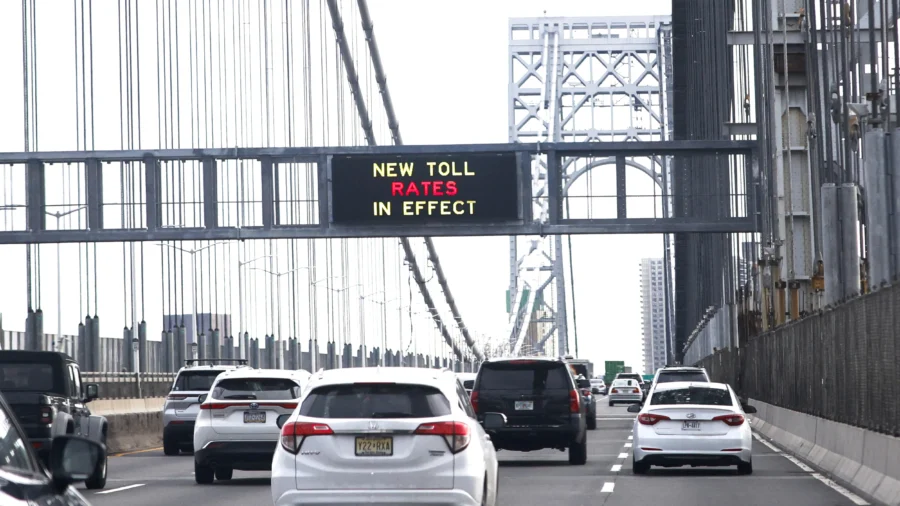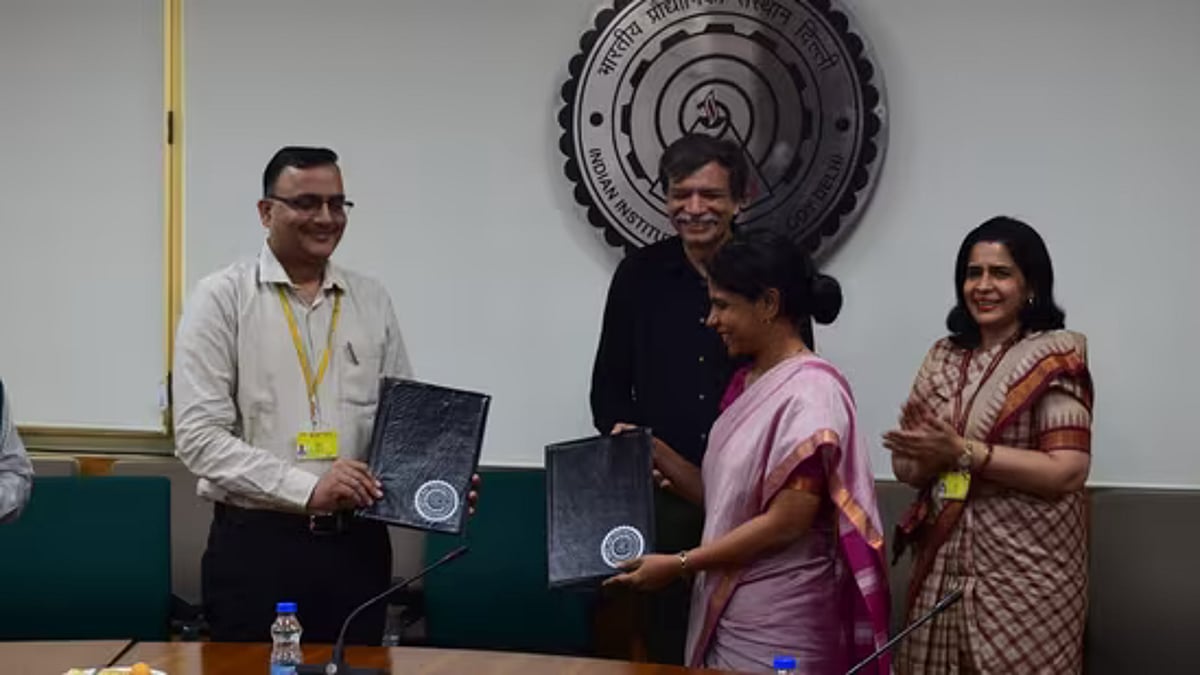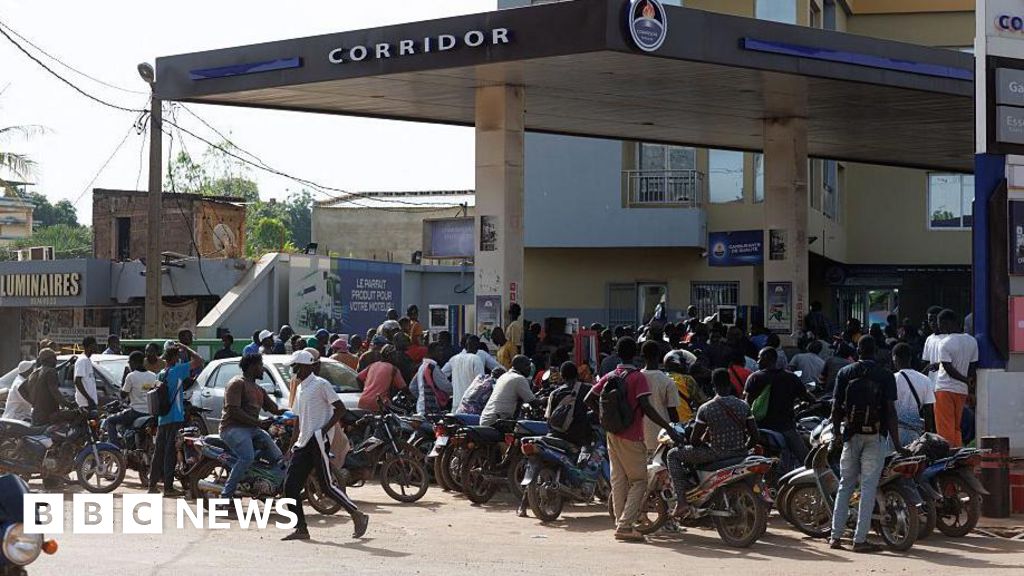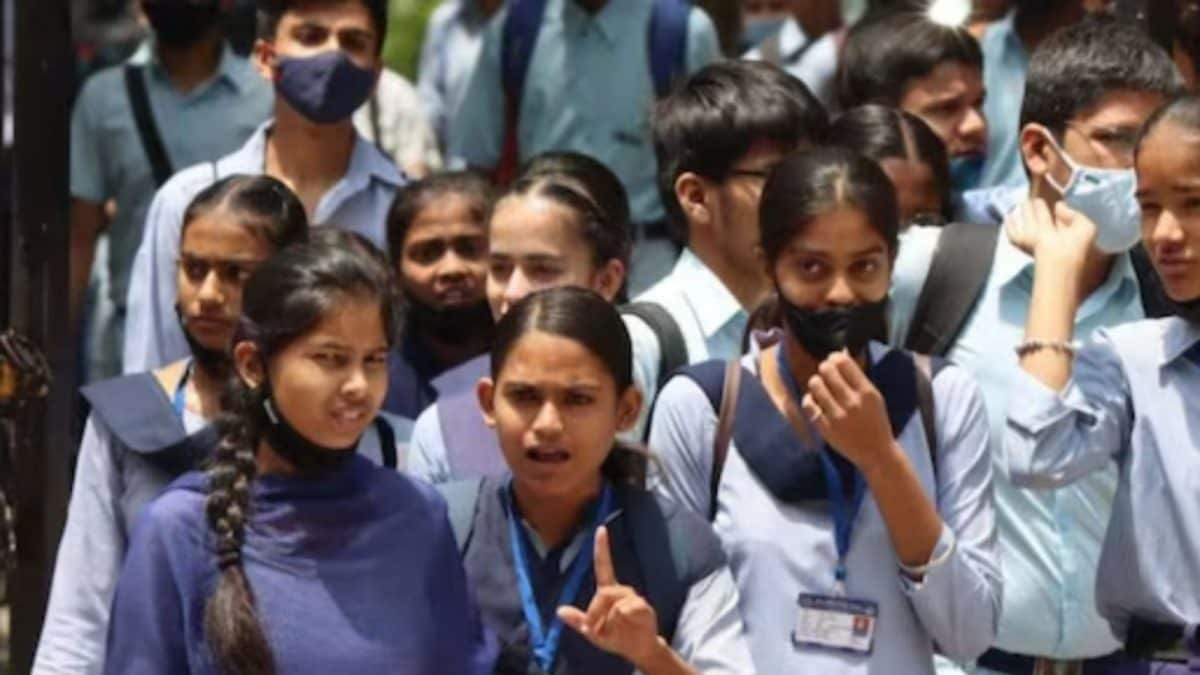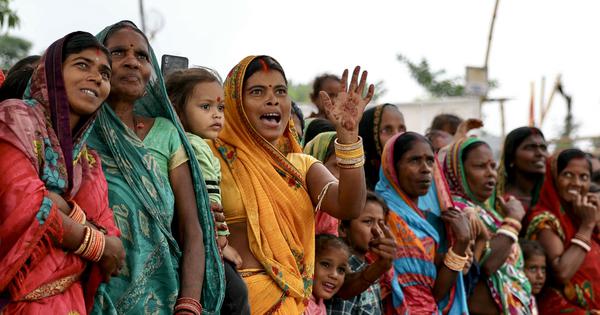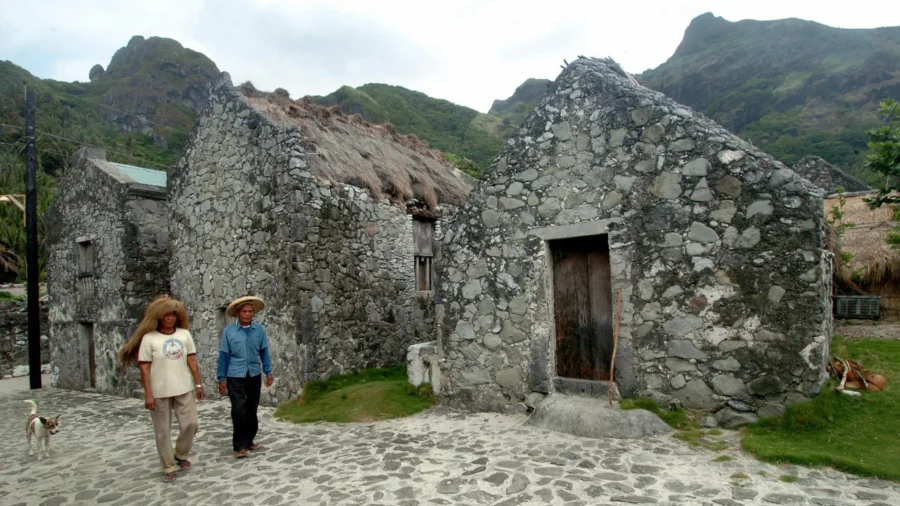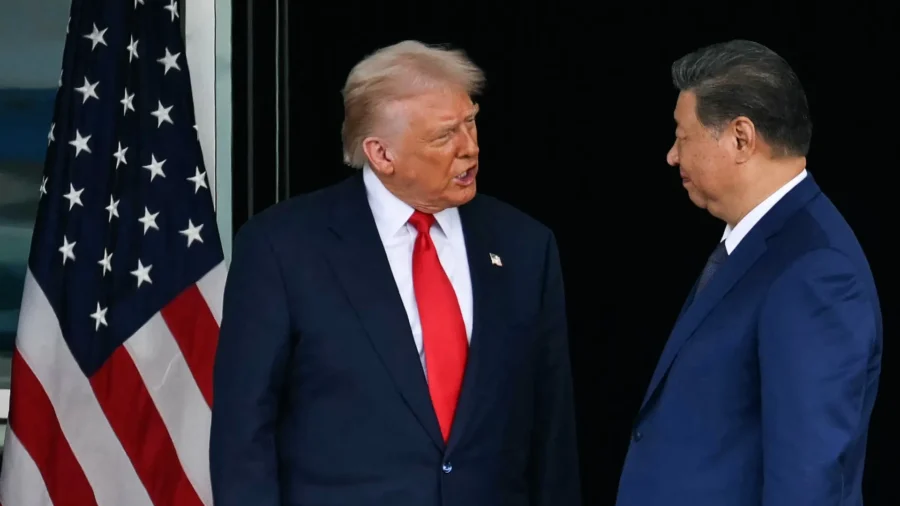OpIndia Exclusive: Modi govt spent over Rs 630 crore to modernise the police force in Naxal-affected states. Read full RTI details
In a reply to an RTI filed by OpIndia, the Ministry of Home Affairs’ Left-Wing Extremism (LWE) Division revealed that funds worth over Rs 630 crore have been released to Naxal-affected states under the Special Infrastructure Scheme (SIS). The scheme is a key component of the Umbrella Scheme for Modernisation of Police Force (MPF). This RTI reply has added a crucial layer to the picture that emerged from a previous revelation where MHA data showed thousands of Naxals surrendered or neutralised, and record anti-LWE operations since May 2014, when Prime Minister Narendra Modi took charge of office for his first term. Together, the two replies illustrate how the Modi government’s strategy combined ground-level offensives with systematic modernisation of the state police apparatus. What the RTI reply says In its reply, the MHA said, “Under the umbrella scheme of ‘Modernization of Police Forces’, the state-wise and year-wise fund released to the LWE-affected states under Special Infrastructure Scheme (SIS) is enclosed as per Annexure ‘A’. The funds are released to the States after completion of approved projects and submission of the Bills to MHA, on a reimbursement basis. There is no concept of submission of Utilization Certificate by the States under the SIS scheme.” State-wise funds released under SIS (Source: Ministry of Home Affairs, LWE Division) The details have been provided for ten states, including the most affected states such as Chhattisgarh, Jharkhand, Odisha, Bihar, Telangana, Andhra Pradesh, Maharashtra and West Bengal. Chhattisgarh, Jharkhand among top beneficiaries The data show that the bulk of allocations went to Chhattisgarh (Rs 158.18 crore) and Jharkhand (Rs 121.83). These two states have historically witnessed the highest Naxal activity. The funding pattern mirrors the intensity of operations on the ground, where these states also recorded the highest numbers of surrenders and encounters. The consistent funding shows how central assistance has been used to strengthen Special Task Forces, training facilities, and communication networks in remote LWE-affected districts, improving coordination between central and state security agencies. Funds linked to project completion and reimbursement The Ministry of Home Affairs has clarified that the funds under SIS are released only after the states complete approved projects and submit bills for reimbursement. This ensures accountability and implementation-based release rather than upfront disbursement. Year-wise total funds released by MHA under SIS. (Source: Ministry of Home Affairs, LWE Division) The MHA also confirmed that no Utilisation Certificates are required under the SIS scheme, as funds are sanctioned post-verification of project completion. This model enables faster execution and avoids bureaucratic delays that often plague centrally sponsored schemes. The Special Infrastructure Scheme explained The Special Infrastructure Scheme (SIS) is designed to strengthen critical police and operational infrastructure in LWE-affected states. It covers modern weapons, fortified police stations, mobility, communication equipment, and specialised training for anti-Naxal operations. According to information provided by the MHA in the Lok Sabha, SIS is implemented on a fund-sharing basis, out of which 60% is paid by the Central Government and 40% by the State Government. This scheme is being implemented as a sub-scheme of the Umbrella Scheme ‘Modernization of Police Forces’. While the data on released funds show that a total of Rs 638.85 crore has been released, the MHA’s website clarifies that projects and works worth Rs 1,741 crore have been sanctioned. The sanctioned works include 306 fortified police stations, of which 210 have been constructed. The information is in sync with the fact that SIS payments are released only after completion of the approved project. The SIS has been a key pillar in improving state preparedness against Naxal attacks, particularly in deep-forest and high-risk zones. A decades-long war nearing its conclusion Union Home Minister Amit Shah has, on several occasions, asserted that the menace of Naxalism will be completely eradicated by March 2026 under Operation Kagar. The RTI data accessed by OpIndia, from surrenders to sustained modernisation funding, clearly indicates that the government is progressing rapidly towards achieving that goal. Notably, HM Shah categorically denied requests for ceasefire and talks, pushing for either surrender or encounter of the LWEs, which has left virtually no room for Naxals to continue their armed movement.
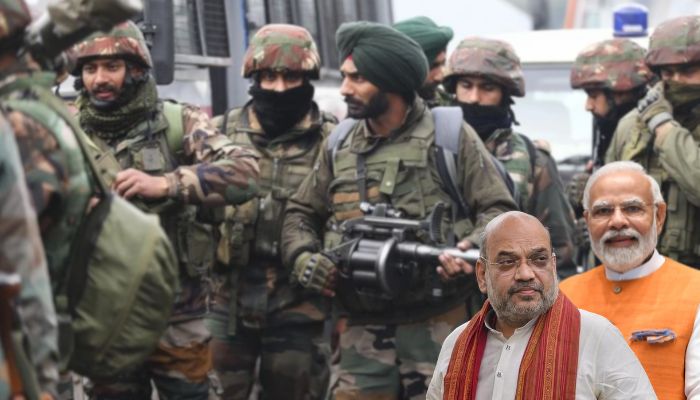


In a reply to an RTI filed by OpIndia, the Ministry of Home Affairs’ Left-Wing Extremism (LWE) Division revealed that funds worth over Rs 630 crore have been released to Naxal-affected states under the Special Infrastructure Scheme (SIS). The scheme is a key component of the Umbrella Scheme for Modernisation of Police Force (MPF).
This RTI reply has added a crucial layer to the picture that emerged from a previous revelation where MHA data showed thousands of Naxals surrendered or neutralised, and record anti-LWE operations since May 2014, when Prime Minister Narendra Modi took charge of office for his first term.
Together, the two replies illustrate how the Modi government’s strategy combined ground-level offensives with systematic modernisation of the state police apparatus.
What the RTI reply says
In its reply, the MHA said, “Under the umbrella scheme of ‘Modernization of Police Forces’, the state-wise and year-wise fund released to the LWE-affected states under Special Infrastructure Scheme (SIS) is enclosed as per Annexure ‘A’. The funds are released to the States after completion of approved projects and submission of the Bills to MHA, on a reimbursement basis. There is no concept of submission of Utilization Certificate by the States under the SIS scheme.”
The details have been provided for ten states, including the most affected states such as Chhattisgarh, Jharkhand, Odisha, Bihar, Telangana, Andhra Pradesh, Maharashtra and West Bengal.
Chhattisgarh, Jharkhand among top beneficiaries
The data show that the bulk of allocations went to Chhattisgarh (Rs 158.18 crore) and Jharkhand (Rs 121.83). These two states have historically witnessed the highest Naxal activity. The funding pattern mirrors the intensity of operations on the ground, where these states also recorded the highest numbers of surrenders and encounters.
The consistent funding shows how central assistance has been used to strengthen Special Task Forces, training facilities, and communication networks in remote LWE-affected districts, improving coordination between central and state security agencies.
Funds linked to project completion and reimbursement
The Ministry of Home Affairs has clarified that the funds under SIS are released only after the states complete approved projects and submit bills for reimbursement. This ensures accountability and implementation-based release rather than upfront disbursement.
The MHA also confirmed that no Utilisation Certificates are required under the SIS scheme, as funds are sanctioned post-verification of project completion. This model enables faster execution and avoids bureaucratic delays that often plague centrally sponsored schemes.
The Special Infrastructure Scheme explained
The Special Infrastructure Scheme (SIS) is designed to strengthen critical police and operational infrastructure in LWE-affected states. It covers modern weapons, fortified police stations, mobility, communication equipment, and specialised training for anti-Naxal operations.
According to information provided by the MHA in the Lok Sabha, SIS is implemented on a fund-sharing basis, out of which 60% is paid by the Central Government and 40% by the State Government. This scheme is being implemented as a sub-scheme of the Umbrella Scheme ‘Modernization of Police Forces’.
While the data on released funds show that a total of Rs 638.85 crore has been released, the MHA’s website clarifies that projects and works worth Rs 1,741 crore have been sanctioned. The sanctioned works include 306 fortified police stations, of which 210 have been constructed.
The information is in sync with the fact that SIS payments are released only after completion of the approved project. The SIS has been a key pillar in improving state preparedness against Naxal attacks, particularly in deep-forest and high-risk zones.
A decades-long war nearing its conclusion
Union Home Minister Amit Shah has, on several occasions, asserted that the menace of Naxalism will be completely eradicated by March 2026 under Operation Kagar. The RTI data accessed by OpIndia, from surrenders to sustained modernisation funding, clearly indicates that the government is progressing rapidly towards achieving that goal. Notably, HM Shah categorically denied requests for ceasefire and talks, pushing for either surrender or encounter of the LWEs, which has left virtually no room for Naxals to continue their armed movement.


